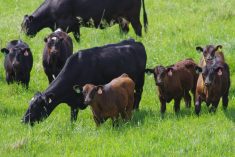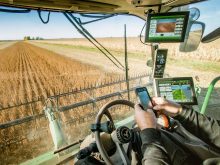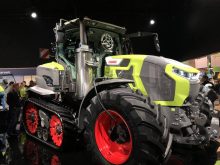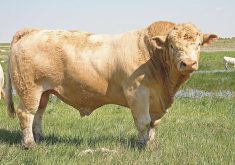“When utilizing annual cereals for pasture, it is important to use a high calcium mineral with magnesium when grazing annuals this year,” says Stephanie Kosinski, forage specialist with Alberta Agriculture and Rural Development.
“These annual pastures will contain lush, immature grasses when livestock are turned into them to graze. Immature grasses often contain high levels of potassium and low levels of calcium. This imbalance can affect the absorption of magnesium by cattle, leading to grass tetany.” Symptoms of grass tetany include staggering, nervous behaviour, convulsions, paralysis, and death. Unlike calcium, large amounts of magnesium are not stored in the bones of cattle. Absorption of magnesium is dependent on the intake of magnesium by the animal, meaning it needs to be supplied on a daily basis.
Read Also

Grazing ‘sweet spot’ boosts pasture performance
Timing-focused approach to pasture management touted to boost forage growth, livestock gains while also cutting farmer labour and inputs
“To help prevent grass tetany from occurring, make sure your cattle are receiving adequate amounts of calcium and magnesium in their diet,” says Kosinski. “The potassium/(calcium + magnesium) ratio of the ration should be less 2.2:1, and the calcium: phosphorus ratio should be between 2:1 and 7:1. You may need to supplement your current mineral mix with limestone and magnesium oxide to get the levels of these nutrients up to where they need to be.”
For more in-depth information on tetany issues and prevention with mineral supplementation in livestock, view the Tetany Problems in Beef Cows factsheet on Alberta Agriculture and Rural Development’s website at www.agriculture.alberta.ca
The site also has frequently asked questions (FAQ) on grass tetany in ruminants that can be viewed by scrolling down to the Frequently Asked Questions section.














